Day 1 :
Keynote Forum
William J. Rowe
Medical University of Ohio, USA
Keynote: Hypertension
Time : 09:30-10:10
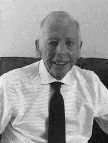
Biography:
Dr.William J. Rowe M.D. is a board certified specialist in Internal Medicine. He received his M.D. at the University of Cincinnati and was in private practice in Toledo, Ohio for 34 years. He is a former Assistant Clinical Professor of Medicine at the University of Ohio, School of Medicine at Toledo. Of only 4 space syndromes, he has published 2: "The Apollo 15 Space Syndrome" and "Neil Armstrong Syndrome." He published Neil Armstrong's probable lunar acute heart failure. He has been listed in the Marquis Whos Who of the World from 2002-2009,2013, 2014, 2015, 2016.
Abstract:
Keynote Forum
Yaping Tian
Yaping Tian, Chinese PLA General Hospital, China
Keynote: The amino acids profile variation in dried blood spots from patients with acute coronary syndrome
Time : 11:10-11:40

Biography:
Yaping Tian, Professor of Department of Clinical Biochemistry, Chinese PLA General Hospital and Military Medical School, Professor of Nankai University, Professor of Tsinghua University. Dr Tian received his Master Degree in Medicine from Chinese PLA Postgraduate Medical School in 1989 and PhD from Academy of Military Medical Sciences in 1993. He had been trained as Postdoctoral Fellow for 2 years(1995-1997) in The Queen Elizabeth Hospital, Australia. Dr. Tian has been focusing on the study of the specific serum proteomic profiles and genetic signatures in different diseases, especially on cancer and cardiovascular diseases. He also focused on the studies of antioxidants in herbal medicine and free radical biology. Dr. Tian has received more than 20 grants and published more than 300 scientific papers in peer-reviewed journals. He is on the editorial boards of several journals and the honor chairman of the Clinical Biochemistry and Applied Molecular Biology Association, CSBMB.
Abstract:
Keynote Forum
Kunlun He
Chinese PLA General Hospital, China
Keynote: Kv4.3 Modulates the distribution of herg
Time : 11:40-12:10

Biography:
Abstract:
Keynote Forum
Jorge A Sison
Medical Centre Manila, Philippines
Keynote: Resistant hypertension: How do i treat?
Time : 12:10-12:40

Biography:
Abstract:
Keynote Forum
William J Rowe
Medical University of Ohio, USA
Keynote: Neil Armstrong syndrome and thermogenesis
Time : 12:40-13:10

Biography:
Abstract:
Keynote Forum
Manuela Stoicescu
University of Oradea, Romania
Keynote: The hidden cardiovascular disease at a patient with pain in the left hypochondrium
Time : 10:10-10:50
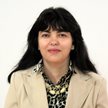
Biography:
Manuela Stoicescu, Consultant Internal Medicine Doctor (PhD in Internal Medicine) now is Assistant Professor of Medical Disciplines Department, University of Oradea, Faculty of Medicine and Pharmacy, Romania, Internal Medicine Hospital and Office. She is Member of Romanian Society of Internal Medicine, Member of Romanian Society of Cardiology, Chemistry, Biochemistry and Member of Balcanic Society of Medicine.
Abstract:
- Clinical Cardiology | Heart Diseases & Heart Failure | Interventional Cardiology | Cardiac & Cardiovascular Research | Clinical Case Reports on Cardiology
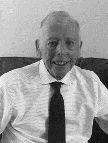
Chair
William J Rowe
Medical University of Ohio, USA
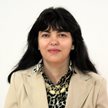
Co-Chair
Manuela Stoicescu
University of Oradea, Romania
- Clinical Cardiology | Heart Diseases & Heart Failure | Interventional Cardiology | Cardiac & Cardiovascular Research| Clinical Case Reports on Cardiology
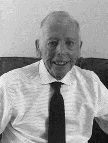
Chair
William J Rowe
Medical University of Ohio, USA
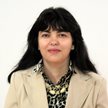
Co-Chair
Manuela Stoicescu
University of Oradea, Romania
